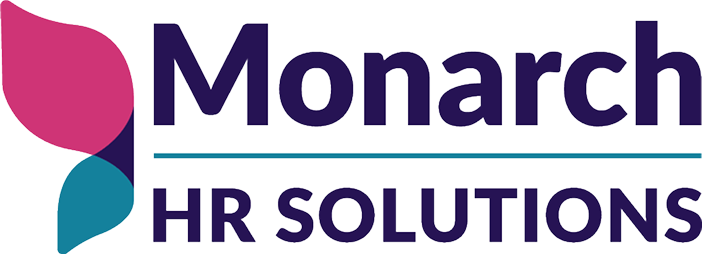By Kimberly Kafafian
End of year burn out. It’s real. And chances are your teams are experiencing it, especially after 18+ months of whirlwind pandemic living. Even though I take specific actions in a conscious effort to prevent my employees from becoming overwhelmed, the continuous daily grind over months on end naturally starts to take a toll. I feel it myself. Throw in the COVID-19 childcare challenges, disruptions in where we work and how we work, the fear of getting sick, and the extra responsibilities thrust upon us, and burnout this year is more intense than ever.
The annual Women in the Workplace report from McKinsey & Co. and LeanIn.org backs this up. The survey, which polled more than 65,000 North American employees, found an uptick in burnout. 42% of women and 35% of men reported feeling burned out often or almost always in 2021, compared to 32% of women and 28% of men in 2020. This is underscored by Gallop’s State of the Global Workplace 2021 report. It found that 57% of those surveyed expressed they experienced stress “a lot of” the previous day, which was an increase of eight percentage points from the year before.
As an HR professional, I have an up-close look at burnout in the workplace. With “burnout” being a buzzword for 2021, addressing it is taking center stage in all types of human resource aspects. And I’m there in the trenches working alongside management to minimize employee burnout and boost retention – which is key in combating the Great Resignation. Flexible work schedules allow employees the flexibility they need to keep those glass balls up in the air. The result? Less stress. Rewarding and recognizing employees keeps them motivated during a time when they might be doing the work of two or more vacancies. Result? More job satisfaction. Addressing toxic workplace behavior in real time – i.e. see something, say something – creates less workplace friction. All of this helps to minimize burnout.
Not sure if your team is burned out? Here are some typical telltale signs.
- Physically exhausted
- Mentally depleted
- Mentally distant from the tasks at hand
- Negative feelings about their job
- Decreased productivity
- Decreased quality of work
- Irritable and/or impatient with co-workers or customers
- Difficulty concentrating
- Frequent sick days
Chronic stress at work can cause any of these symptoms. Some key catalysts include an unmanageable workload, lack of manager support, unclear communication, and time pressures. In order to maintain a healthy workplace culture, we urge our clients’ management teams to take notice of any employees who are experiencing these symptoms and examine the possible role the company is playing in contributing to them.
What can you do to help teams overcome and prevent burnout?
To build resilient teams, managers need to invest in their wellbeing. Here’s some advice we give to our clients to ward off workplace burnout:
Build wellbeing into your culture
Let workers know that their physical and mental health is a company priority. Support a healthy work-life balance by not demanding unreasonable hours, allowing for a flexible work environment, and respecting personal time. Invest in resources that support this culture. Enhance your mental health benefits, offer mental health days off, and arrange for workshops that focus on mental health topics.
Educate management about burnout
Leadership needs to ensure that managers understand what burnout is and can identify its symptoms. It should encourage management to cultivate relationships with employees so they can see how they are really doing, assess mental wellbeing on a daily basis, identify how company policies are impacting it, and pivot as needed to address the overwhelm while attaining goals. This may mean adjusting workload and time pressures, reassigning tasks, making sure communication is as clear as possible, and providing some recovery downtime.
Draw a line between work and personal
Our new remote and hybrid work lives have really blurred the lines between work and personal, diminishing the time we desperately need to unwind. Help teams create this separation by emphasizing that a break from work is a true break so that there is a recovery time. Don’t send emails at night, on the weekend, or during vacation. If you do, make sure to state that if they are receiving the email outside of work hours that it is not urgent and can be addressed when they return to work.
Make employees aware of their purpose
When the stress builds up, people sometimes begin to feel a disconnect, wondering if what they do really even matters in the grand scheme of things. Managers need to make a concerted effort to show their teams that their contributions make a difference. Tie in workers’ daily tasks with the company’s mission so that the connection is easily understood.
Burnout results in decreased productivity and high employee turnover. While addressing employee burnout should always be a priority, in today’s hiring and retention crisis, companies can’t afford to lose their most productive and talented workers. If you haven’t been taking steps to minimize burnout, be sure to make it a priority in the new year.



